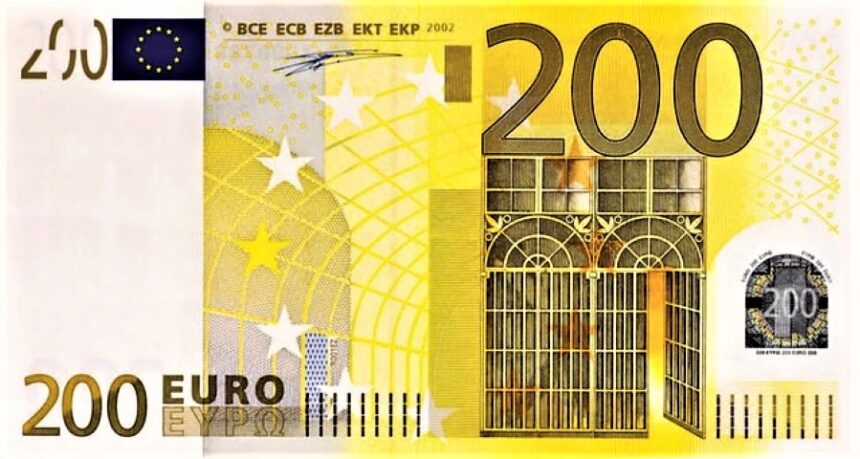EURUSD rallies following the projected decrease in US inflation and disappointing retail sales statistics.
In Wednesday’s New York session, the EURUSD reached a monthly high above 1.0870. The major currency pair improves as the US Consumer Price Index (CPI) falls in line. With expectations (CPI), and monthly retail sales remain flat in April.
The US inflation rate fell in April after remained stubbornly high in the first quarter of the year.
The predicted fall in pricing pressures in the US economy, along with dismal Retail Sales statistics, is an undesirable position for the US Dollar and bond yields. The US Dollar Index (DXY). Which measures the value of the US dollar against six major currencies, has fallen to a more than month low of approximately 104.50.
10-year US Treasury yields have also fallen to 4.36%, as disappointing data is expected to fuel anticipation. That the Federal Reserve (Fed) would begin lowering interest rates at its September meeting. This would also boost Fed policymakers’ confidence. Who were concerned that progress in the disinflation process had slowed. After the previous three reports were hotter than expected.
Daily Market movers: EURUSD climbs higher as the US Dollar falls vertically.
EURUSD rises to 1.0870 as market sentiment turns extremely optimistic due to a drop in US consumer prices. And stalled retail sales. S&P 500 futures have surged in the early American session. Indicating a significant increase in investors’ risk appetite.
Annual headline CPI fell as forecast to 3.4% from 3.5% in March. In the same period, core inflation. Which excludes volatile food and energy prices, increased at the expected pace of 3.6% but slowed from the previous reading of 3.8%. The monthly headline CPI increased at a slower rate of 0.3% from the consensus and the prior reading of 0.4%, while the core CPI met expectations of 0.3% but fell from the prior reading of 0.4%.
The US Retail Sales, which are a leading indicator of consumer spending and provide clues about the inflation outlook, stayed steady in April. Investors expected slower growth of Retail sales increased by 0.4% from the previous reading of 0.7%.
Meanwhile, the Euro remains buoyant as investors think that the Fed’s decision to raise interest rates for an extended period of time will limit the speed at which the European Central Bank (ECB) is expected to return to policy normalization.
ECB policymaker and Banque Nationale de Belgique Governor Pierre Wunsch stated that the first two 25 basis point (bps) reductions.
On Tuesday, ECB policymaker and Banque Nationale de Belgique Governor Pierre Wunsch stated that the first two 25 basis point (bps) reductions in key ECB rates are almost a “no-brainer,” but warned that the US Federal Reserve’s decision to keep interest rates high for an extended period of time may result in a slower pace of rate cuts.
Historically, investors have supported the US dollar versus the Euro as the policy divergence between the Fed and the ECB increases. A weaker euro brings substantial Business to Eurozone merchants from international markets. This might improve the economic outlook and lead to increased employment and pay growth, causing price pressures to rise again.
Eurostat has issued a second estimate of preliminary Q1 GDP statistics. According to the GDP report, quarterly and annualized GDP growth were in line with consensus and preliminary readings of 0.3% and 0.4%, respectively. While the EURUSD did not respond to the second estimate, investors remain focused on the US CPI data.









